Kwaku Yaro: Look at What You’ve Seen
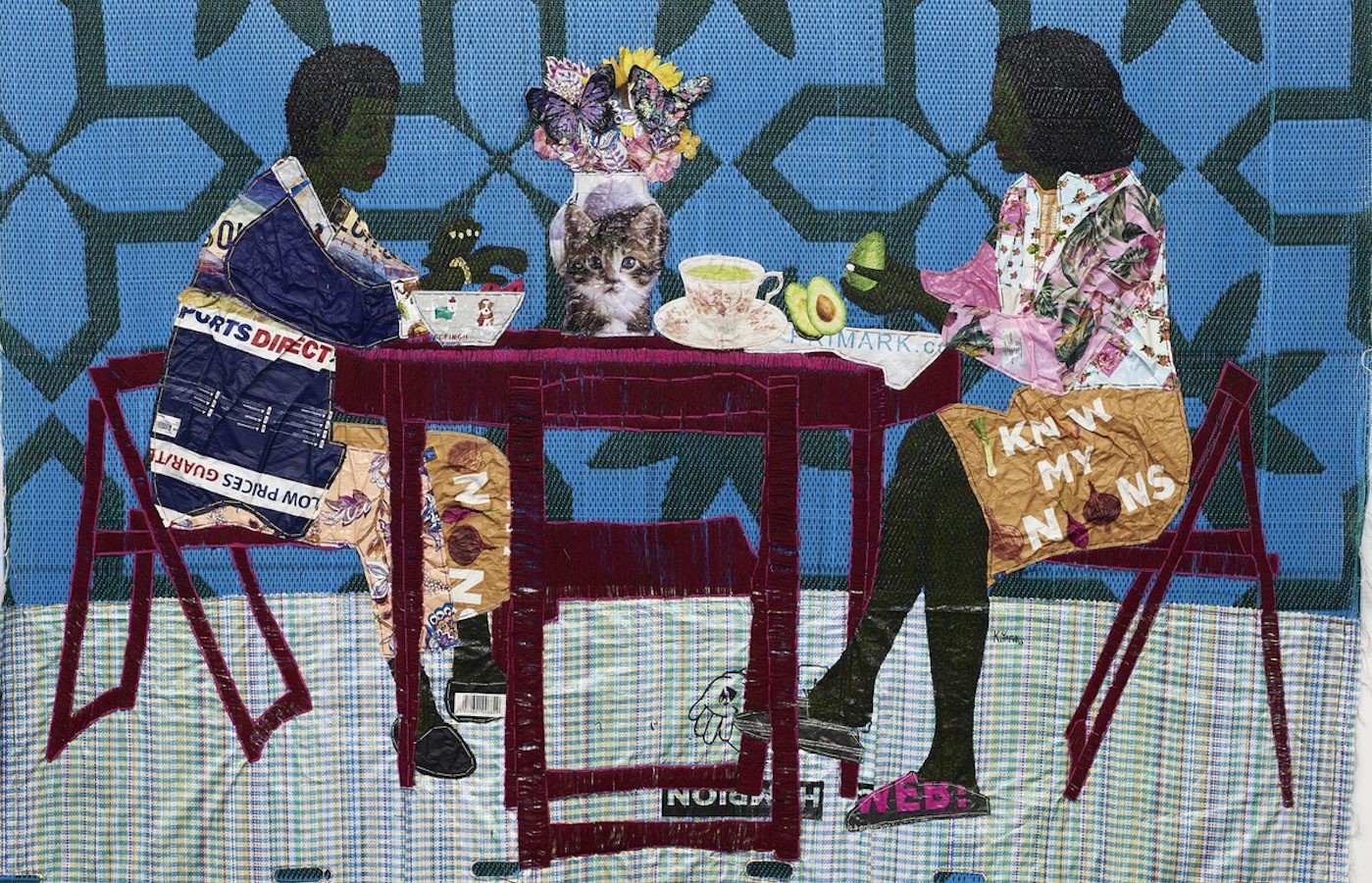
Kwaku Yaro: Look at What You’ve Seen
Gallery 1957 presents Look at What You’ve Seen, a new solo exhibition by Kwaku Yaro. In the heart of Labadi, a coastal fishing community nestled along Ghana’s Atlantic Ocean’s edge, lies the inspiration for this extraordinary exhibition. Within this predominantly tranquil and unassuming environment, an artist of singular vision has emerged, reshaping the boundaries of perception and provoking questions about the very act of seeing itself.
This exhibition is an exploration of agency, about how you, the viewer, are required to move beyond the passive role of looking to actively participate in the act of seeing. The democracy of materials within Yaro’s work invites us to reconsider our notions of the many possibilities in art. It challenges the hierarchy of materials in the art world, where traditional canvases and paints have often taken precedence and reigned. It provokes an intuition to embrace our role in this agency, as well as a testament to contemporary art’s ability to transform the unnoticed, mundane, and every day into critical discourse and visibility.
Yaro shares a personal story of his mother’s migration from Northern Ghana to the capital city, Accra, in search of a brighter future. Among the scant possessions she brought along, the polypropylene mat held a special symbolic meaning. As one of the few items she took with her, it carried a deep significance for Yaro. This has played a pivotal role in Yaro’s choice to incorporate these mats into his artistic practice.
This also echoes in the story and history of the Ghana Must Go bag which was originally introduced in Ghana as a sturdy and versatile bag for various uses, including transporting goods and personal belongings. However, its name and iconic status are tied to a historical event where in the 1980s, Ghanaian immigrants living in Nigeria were expelled from the country due to the fear that they were taking over Nigerian jobs. During that move, they often carried their belongings in these bags. This mass migration and the association with the bag led to it being colloquially named Ghana Must Go. The bag, with its distinctive checkered pattern, became a symbol of migration, resilience, and the complex relationship between Ghana and Nigeria. Over time, it has evolved from being a functional item to a cultural icon.
The narratives and stories that Yaro paints are a stark reflection of similar instances. Using his signature lush green pointillism style, he makes fictional inferences to an opulent lifestyle through elegantly dressed muses and carefully crafted setups of wealthy household settings in his paintings. His mixed-media style merges the commonality of upcycled woven polypropylene mats, carrier bags and jute sacks with the timeless medium of acrylic paint. He also introduces a very intricate handmade embroidery-like style contrasting industrial and mechanical production with traditional manual weaving techniques often associated with local craftsmen.
What emerges are portraits that evoke both a sense of place and the very souls of his subjects. These portraits breathe life into what might otherwise be considered waste. Yaro repurposes these materials, infusing them with new narratives, purpose, and significance. Yaro intentionally highlights this imagery in the centre of his compositions. An affirmation of the soft influence of cultural exchange into the social fabric of his society. In Ghana, these bags find a second life in local markets, serving various purposes such as packaging, storage, and transportation. Having carried multiple layers of trade, commerce and labour, the economic and commercial implications of an object like the jute sack also; in its journey from being made in India to its use in Ghana, initially transporting cocoa beans, to onions, and finally charcoal. This profound multiuse reflects the intricate dynamics of global trade, local economies, and the life cycle of commodities. They metaphorically represent the dreams, aspirations, and resilience these figures carry on their shoulders forging a visual language that resonates with both past and present.
These materials, much like how Stephen Johnstone’s exploration of The Everyday challenged traditional art forms, Yaro redefines our expectations of materials in art. He transforms polypropylene mats, carrier bags, and jute sacks into an engaging and thought-provoking dialogue with his audience, materials once disregarded, are now celebrated as vibrant agents of expression. Yaro’s exploration of waste, materiality, and consumption finds a counterpart in his use of upcycled materials. These transformed materials not only tell a story of resourcefulness and environmental consciousness but also challenge the notion of waste. In a world where waste is a growing concern, he offers a vision of reclamation and reimagining.
View more from
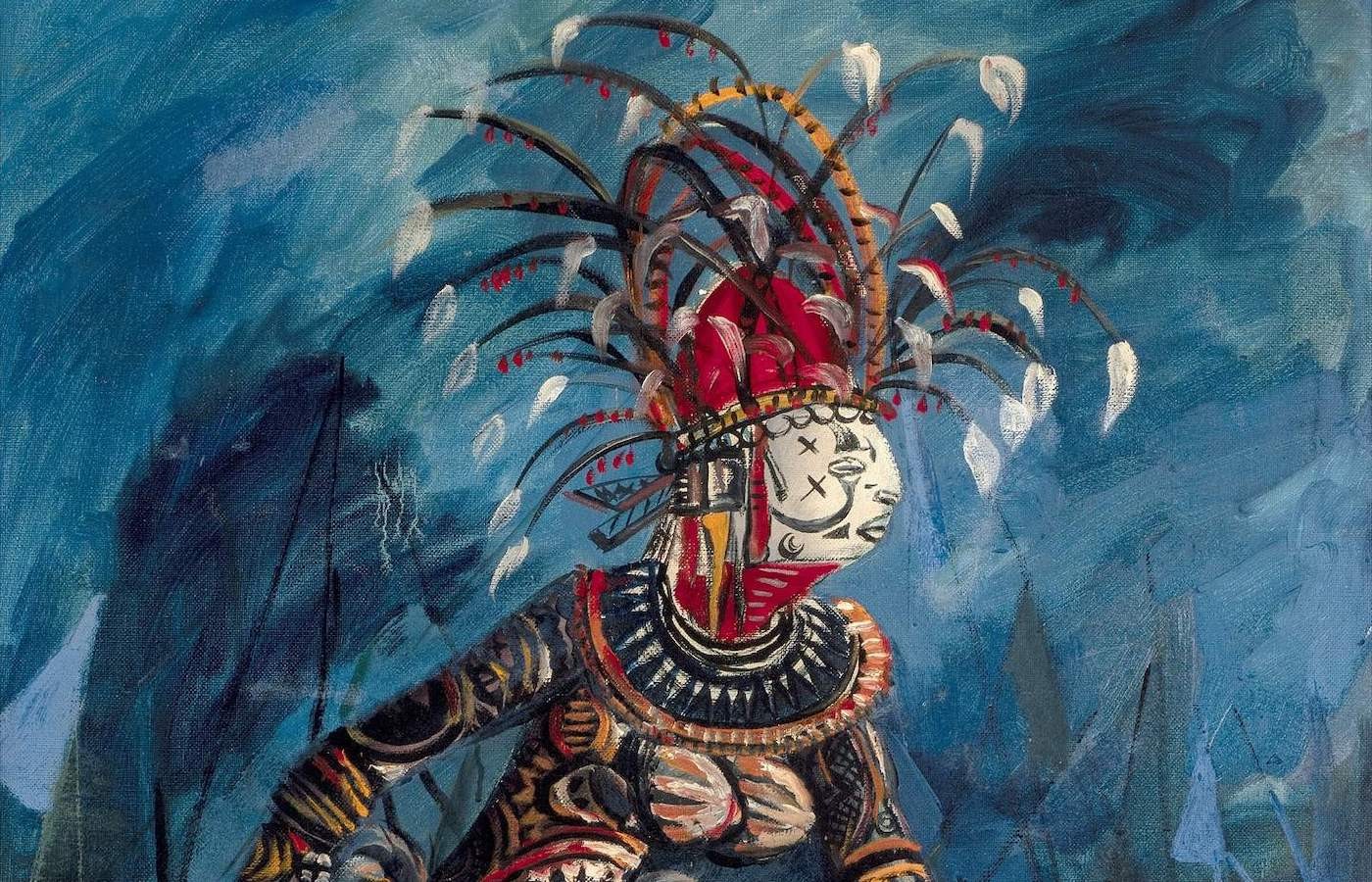
Nigerian Modernism – Group Show
Oct 8, 2025–May 10, 2026
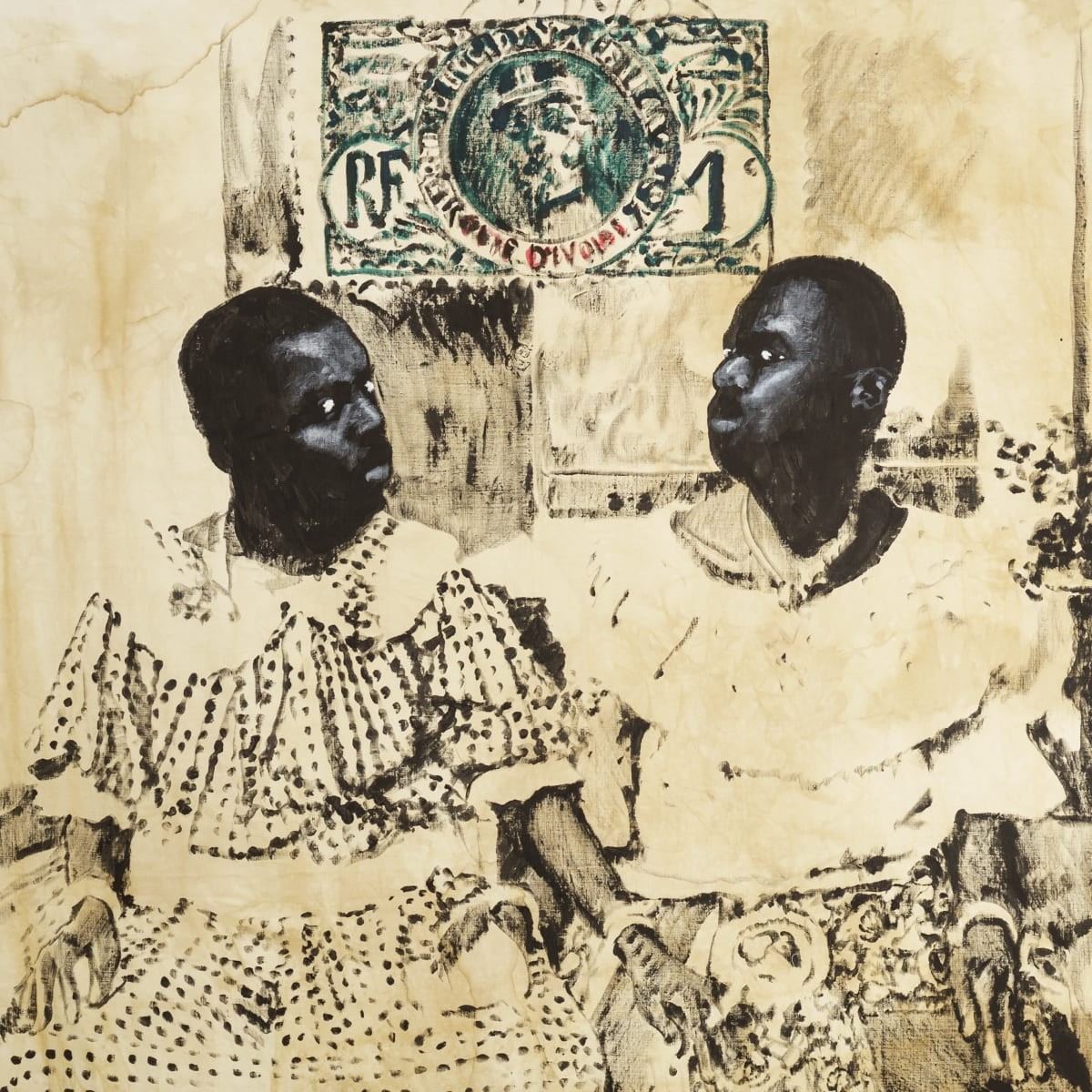
Roméo Mivekannin: Correspondances
Oct 2, 2025–Mar 21, 2026
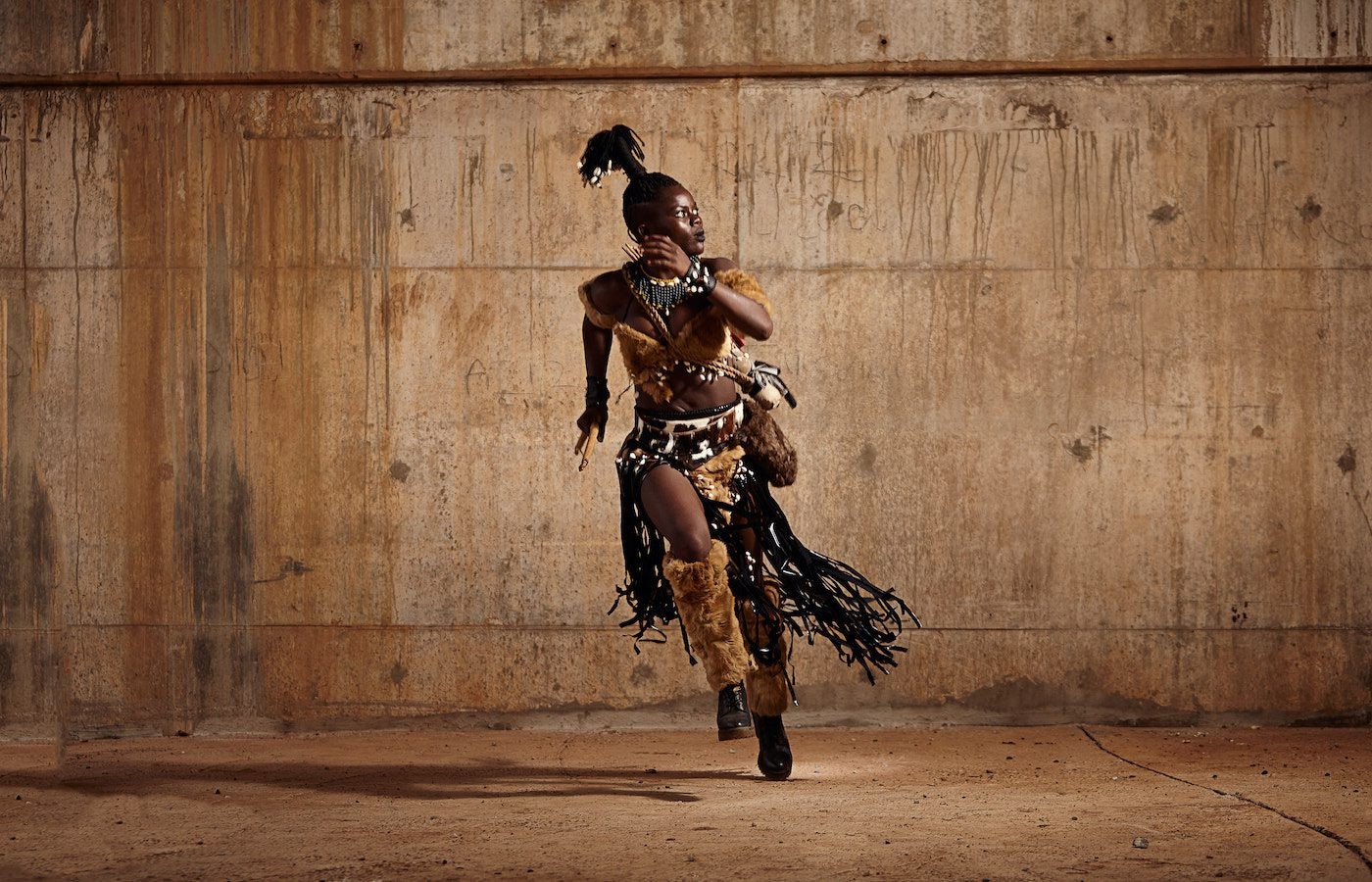
The Writing’s on the Wall (TWTW)
Sep 13, 2025–Mar 14, 2026
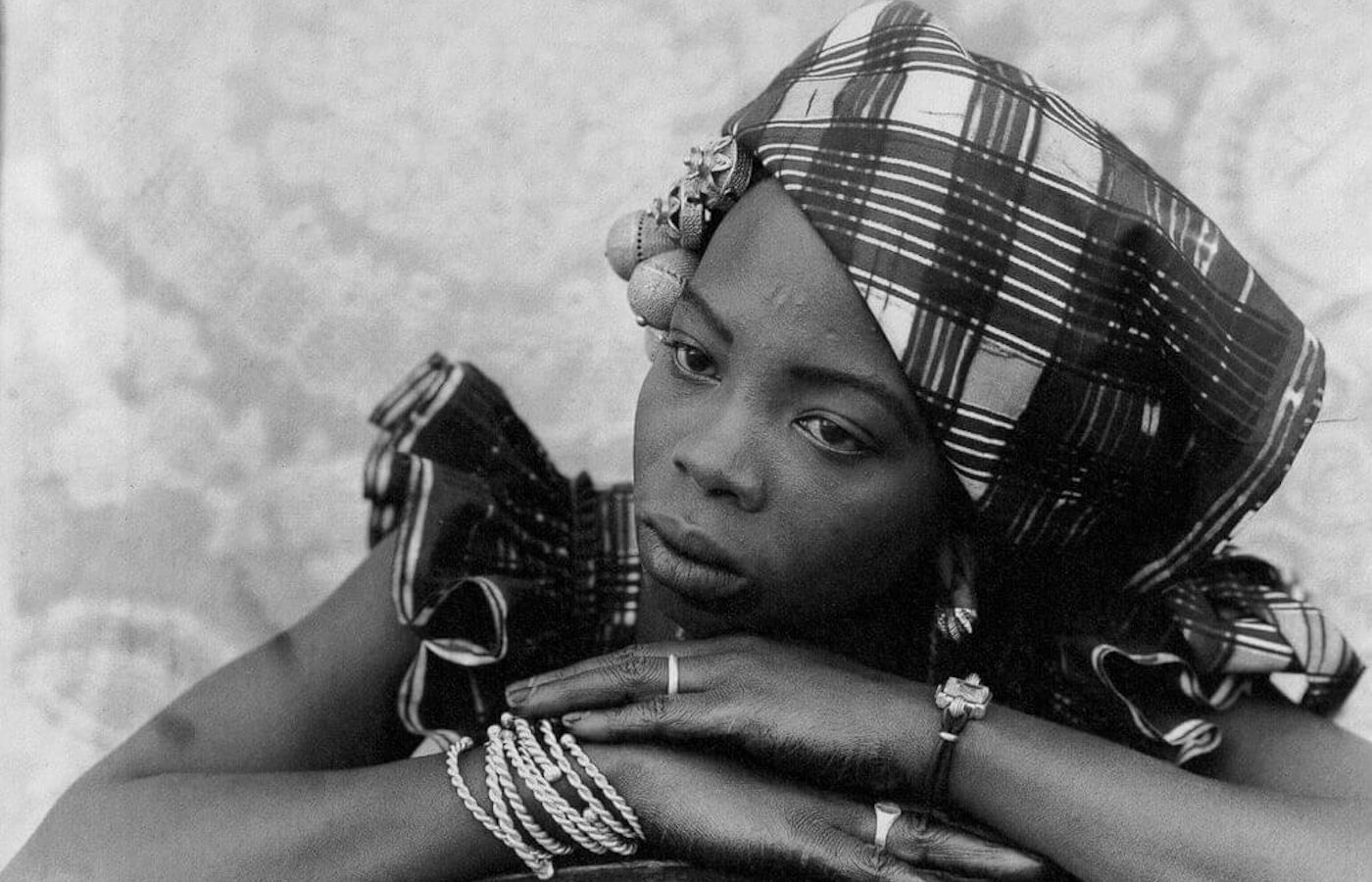
Seydou Keïta: A Tactile Lens
Oct 10, 2025–Mar 8, 2026
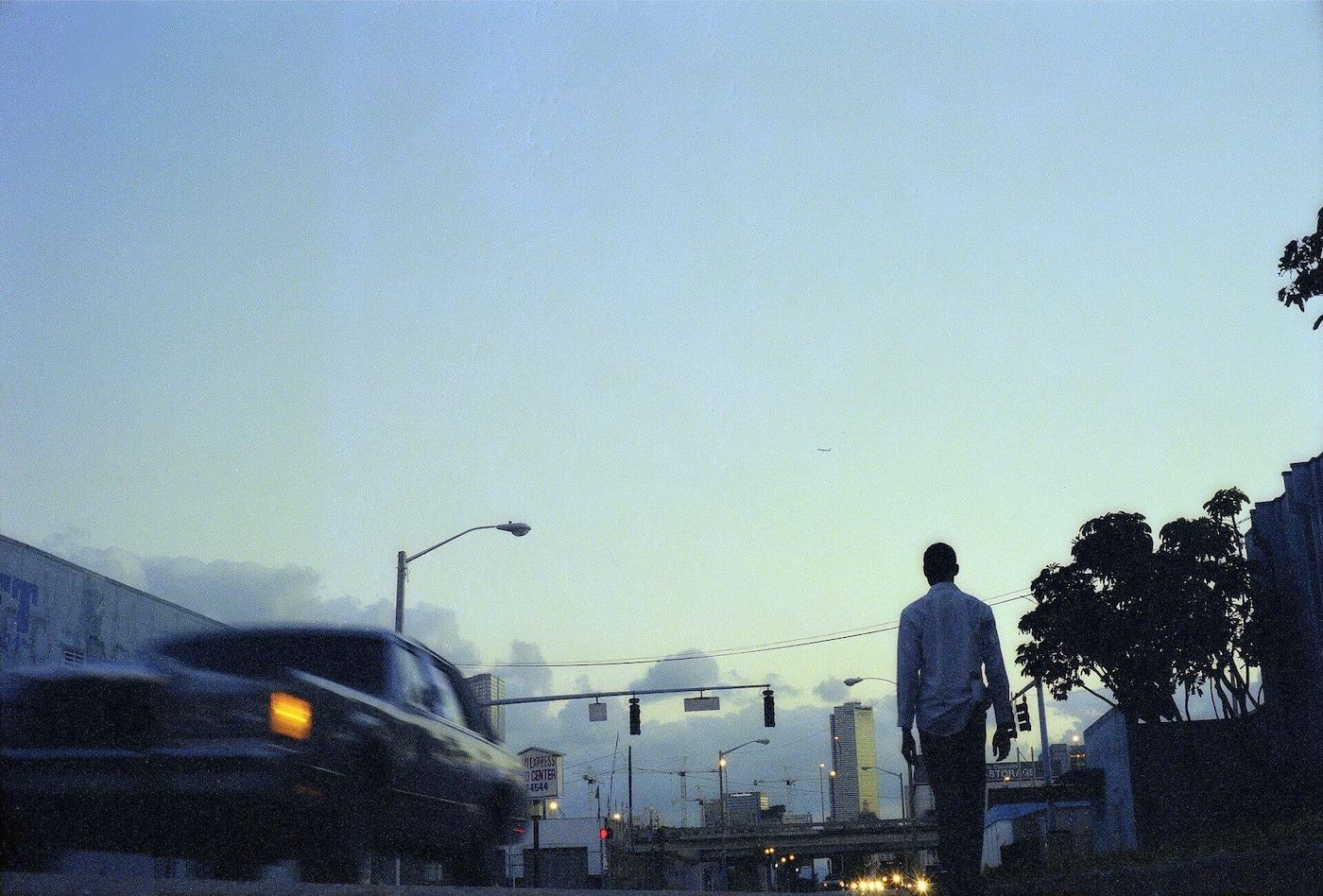
ECHO DELAY REVERB: American Art and Francophone Thought – Group Show
Oct 22, 2025–Feb 15, 2026
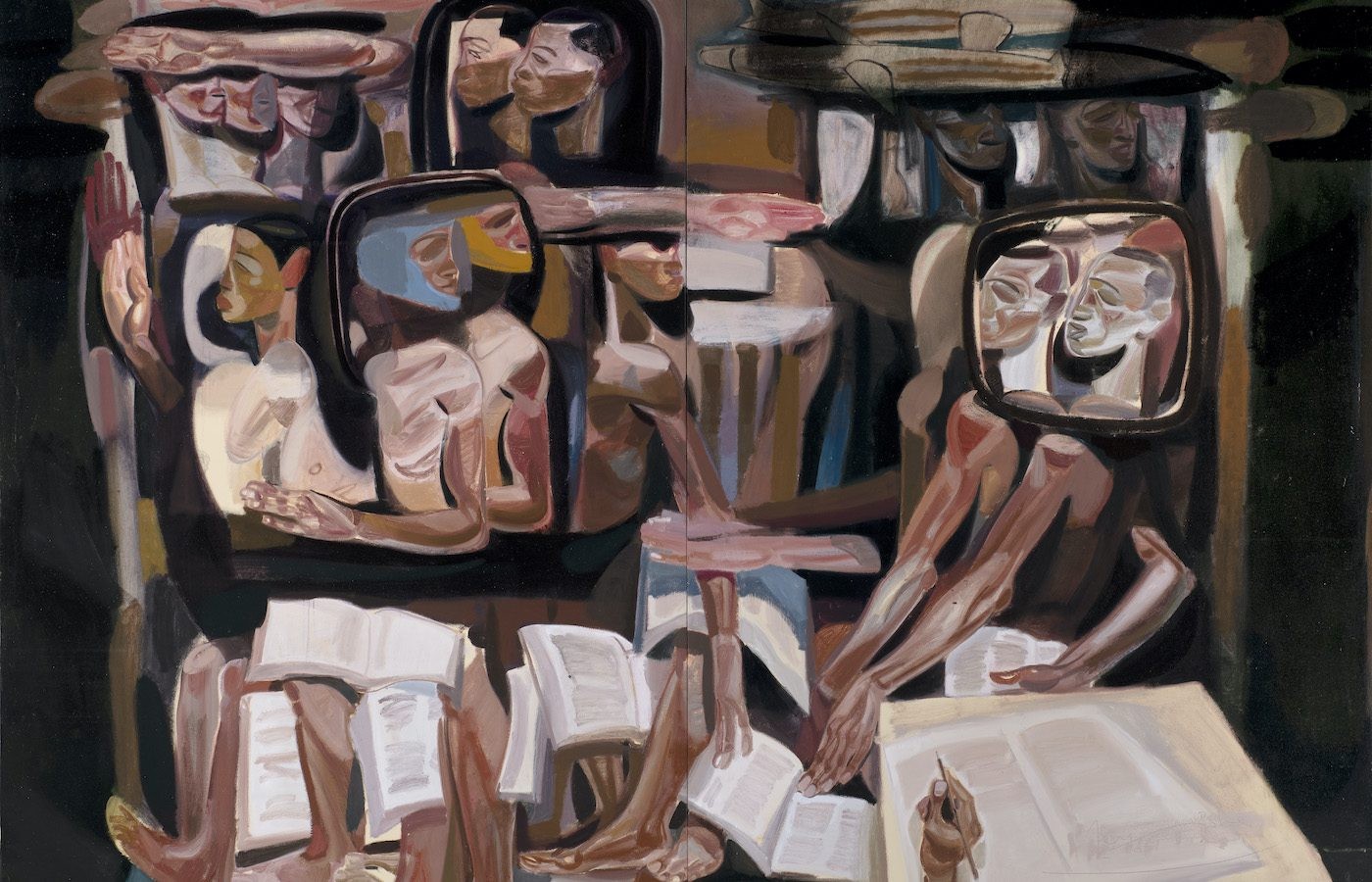
Tesfaye Urgessa: Roots of Resilience
Sep 20, 2025–Feb 15, 2026